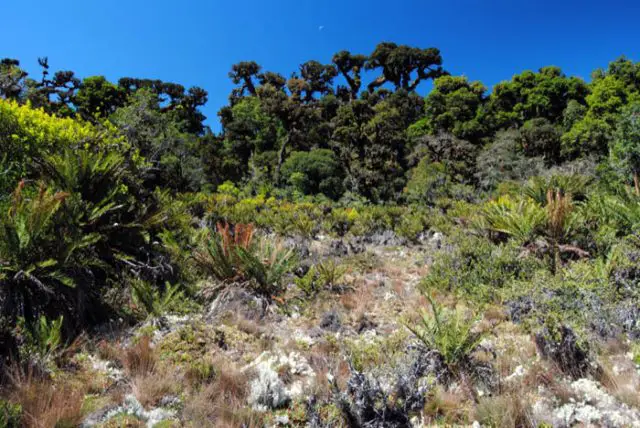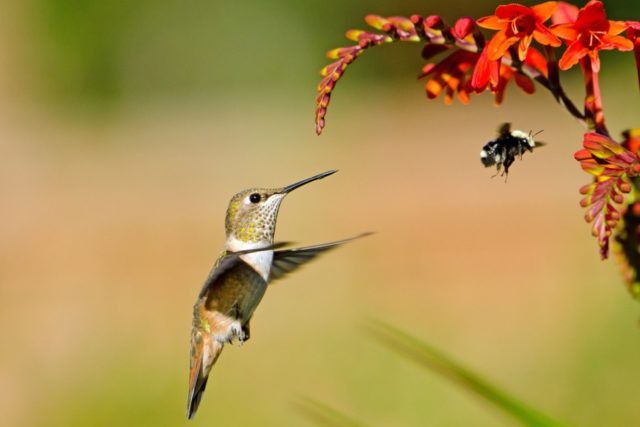Climate change represents one of the main threats that ecosystems currently face. The páramo is considered one of the most vulnerable in the Neotropics due to the very specific needs in terms of the conditions and resources required by the organisms that comprise it.
A group of researchers from the State Universities of Costa Rica formulated a project financed with funds from the National Council of Rectors (CONARE) to generate relevant information on the species that make up mutualist interaction networks in the páramo ecosystem and the effect of climate change on the mentioned networks.

The project is entitled “Degree of Vulnerability of Plant-Pollinator Interactions in Páramos of Costa Rica”. Jorge Hernández Benavides, the project coordinator, explains that “relevant information was generated on the species that make up mutualist interaction networks in the páramo ecosystem. This will allow identifying pollinator species that could be more vulnerable to climate change because of their ecological characteristics and, therefore, could be more affected, as well as the communities as a whole and the ecosystem services they provide”.
The researchers collected data from the páramo ecosystems at 3 study sites located between 2,900 and 3,400 meters above sea level: the Cerro Las Vueltas Biological Reserve, Cerro Buena Vista, and the Sákira Hills. The 3 are located at the northern end of the Cordillera de Talamanca.
A total of 892 interactions were recorded between 27 plant species and 4 hummingbird species for the 3 sites studied. The hummingbirds showed a moderate degree of specialization in the use of floral resources, from which they feed both at the community and species level.

The most abundant species of hummingbirds were Panterpe insignis and Selasphorus flamulla. On the other hand, Apis mellifera and Bombus ephippiatus were the most commonly observed pollinators.
The plant species of the genus Hypericum (Hypericaceae) and Castilleja (Orobanchaceae) were those that presented a more continuous flow throughout the year, while Hesperomeles obtusifolia (Rosaceae) was the one that attracted the greatest quantity and diversity of insects.
In addition, transplant experiments of the plant species visited by the hummingbirds were carried out within the project in order to analyze the survival rate of the plants and the flexibility in the use of floral resources by the hummingbird species.
Out of the 3 plant species used in the translocation experiments, only Fuchsia microphylla bloomed at the two introduced sites, receiving visits from 2 species of hummingbirds and one species of insect of the genus Bombus. As for insects, it was found that the main pollinator during the dry season was Apis mellifera (Hymenoptera, Apidae), which is reaching its highest elevation in the study area.
During the rainy season the main pollinator is Bombus Ephippiatus (Hymenoptera, Apidae), which is native and is very well adapted to the páramo ecosystem, although when there is total cloudiness or rain, it disappears temporarily. Hernández pointed out that “practically no organism is capable of surviving and reproducing without interacting with other organisms, whether of the same species or different species.”
«In plant-seed disperser interactions (such as hummingbirds), the plant increases the probability of survival because its seed is transported beyond the mother plant, this reduces the possibility of dying due to the attack of pathogens, by competition with other individuals of the same species or by the encounter with a herbivore, due to the high concentrations of seeds / seedlings that could be found under the mother plant”, he added.
Climate change represents a threat to species and their interactions in ecological communities and may affect the fundamental functions that organisms provide to ecosystems, such as seed dispersal and pollination. The foregoing shows the relevance of understanding how the influence of climate change is in these interactions.

